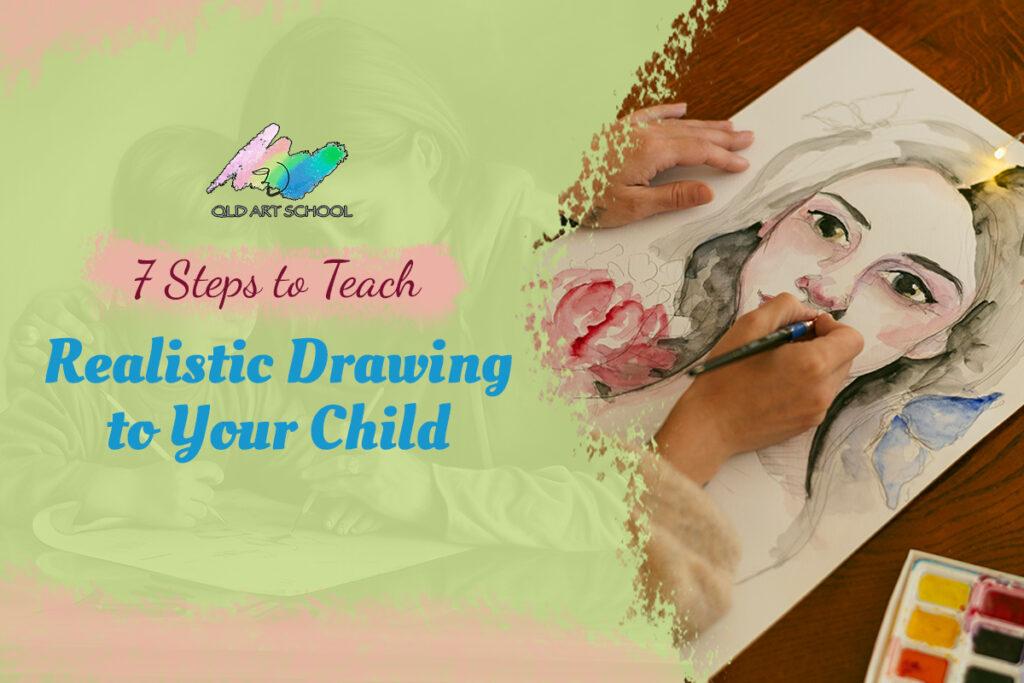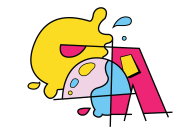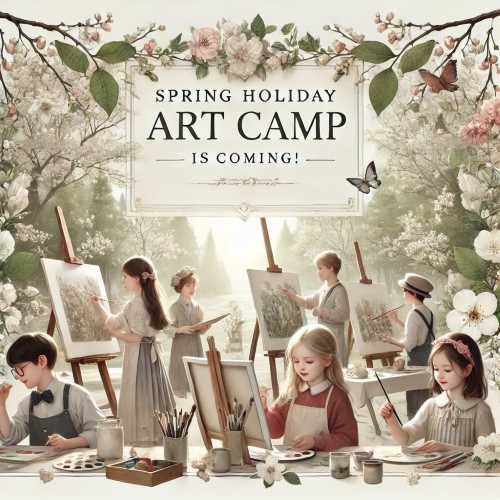
Introducing realistic drawing to children is a wonderful way to nurture creativity, patience, and observation skills. It’s a journey, not a race—one where every scribble and stroke counts as progress. When it comes to kids’ art classes in Brisbane, teaching children to draw realistically doesn’t mean abandoning playful, process-based art; instead, it builds on their natural exploration to develop new skills. Let’s break this process into seven achievable steps for kids of all ages.
1. Begin with Process-Based Art
The foundation of artistic expression is exploration. For the first three years of your child’s life, let them enjoy process-based art. This phase involves scribbles, mixing colors, and experimenting with materials. By doing this, they gain confidence in their abilities and form a genuine love for art.
During this stage, don’t worry about structure or accuracy. If your child says a scribble is a ghost or fireworks, celebrate their imagination! This is their creative process at work.
2. Introduce Stick Figures
Around age three, show your child how to draw a simple stick figure. For many children, this is their first step into representational art. Once they grasp the concept, they might surprise you by drawing their own versions, like family portraits or other creative interpretations.
Keep the process lighthearted. Encourage them to explore while still engaging in process-based art alongside these new skills.
3. Practice Tracing Everyday Objects
Introduce tracing as a fun activity. Provide small, simple objects like bottle caps, tape rolls, or toy blocks, and let your child trace their outlines. This activity helps them understand shapes, proportions, and how different objects occupy space.
Tracing also builds confidence by showing that they can reproduce objects on paper, which is an important step in learning realism.
4. Explore Lines, Shapes, and Dots
Drawing is essentially a combination of lines, shapes, and dots. Teach your child the difference between straight lines, curved lines, angled lines, circles, and dots. You can make it interactive by drawing these shapes on large paper and having your child mimic the motion with their arm before attempting it with a marker or crayon.
Take this a step further by connecting lines to letters in their name. For example, if your child’s name is Leo, point out that the L is a straight line, and the O is a circle. These exercises help them see how shapes form the building blocks of art.
5. Shift to Volume and Depth
As your child gets older, around four or five, they might start showing interest in adding depth to their drawings. This is the perfect time to introduce exercises that highlight dimension.
One effective technique is tracing a person through a glass window or door. Stand on one side of the glass while your child draws your outline on the other. This activity encourages them to think about how objects take up space, a key concept in realistic drawing.
6. Introduce Observational Drawing
Observational drawing helps children learn to closely study objects before putting them on paper. Begin with simple items like fruits, flowers, or toys. For younger kids, keep it straightforward; older children can experiment with more complex objects.
Guide them by pointing out the lines and shapes they’ll use. For instance, if they’re drawing a flower, note the circle in the center and the curved lines of the petals. Encourage them to trace the shapes with their finger first, which helps them plan their composition.
7. Encourage Exploration and Celebrate Effort
The most important part of teaching art is allowing room for experimentation. Art is not about perfection—it’s about expression. Never criticize their work or push them to meet specific standards. Instead, praise their efforts and hang their art prominently to show that you value their creativity.
If they ever seem frustrated, return to process-based art to remind them that creating is about enjoyment. Celebrate their unique style, as it will grow into something extraordinary over time.
The Benefits of Kids’ Art Classes
While teaching your child at home is rewarding, structured guidance can take their skills to the next level. Kids’ art classes in Brisbane, like those offered at Queensland Art School, provide an excellent opportunity for children to refine their drawing abilities in a supportive, engaging environment.
Learn Realism with Queensland Art School
At Queensland Art School, we specialize in helping young artists unlock their potential. Our realistic drawing courses are designed to teach children aged 6 to 16 the secrets of realism, from basic pencil sketches to stunning oil and watercolor masterpieces.
Here’s what your child can expect:
- Expert guidance in creating lifelike drawings
- Hands-on learning with professional tools and techniques
- A friendly environment that encourages creativity
Book a trial now to give your child a head start in developing their artistic talents. Help them turn their imagination into reality with one of the best realistic drawing courses available.



